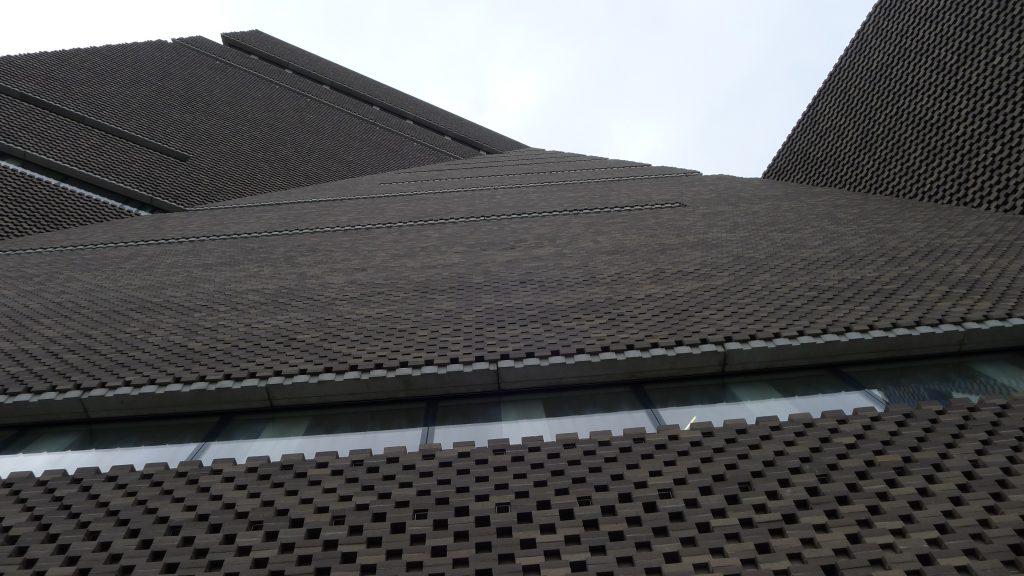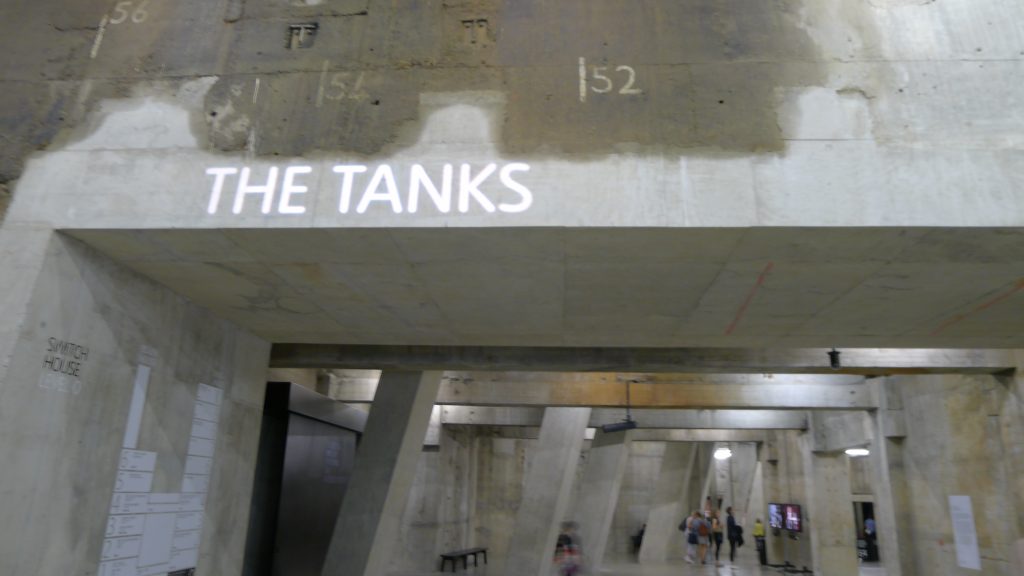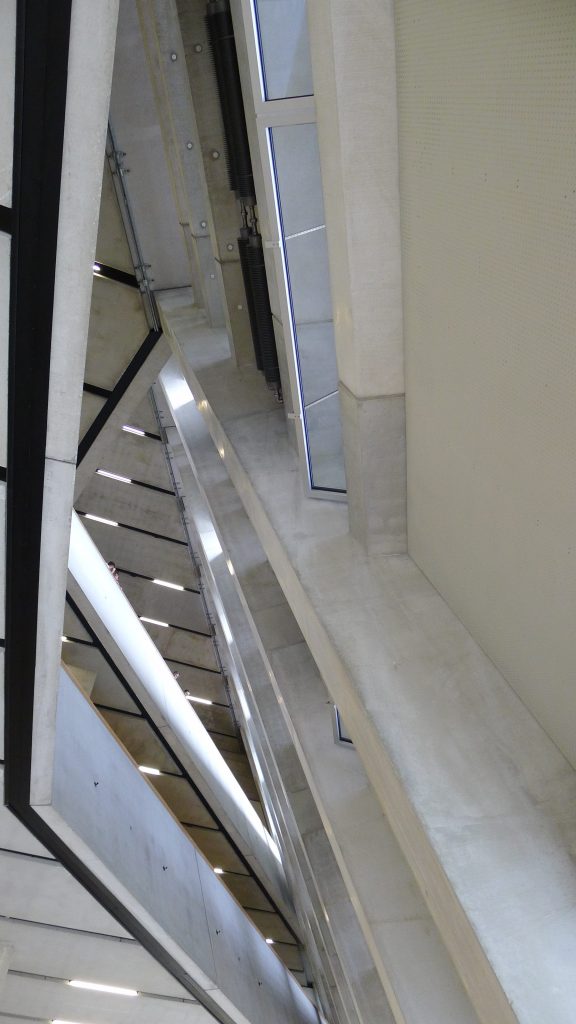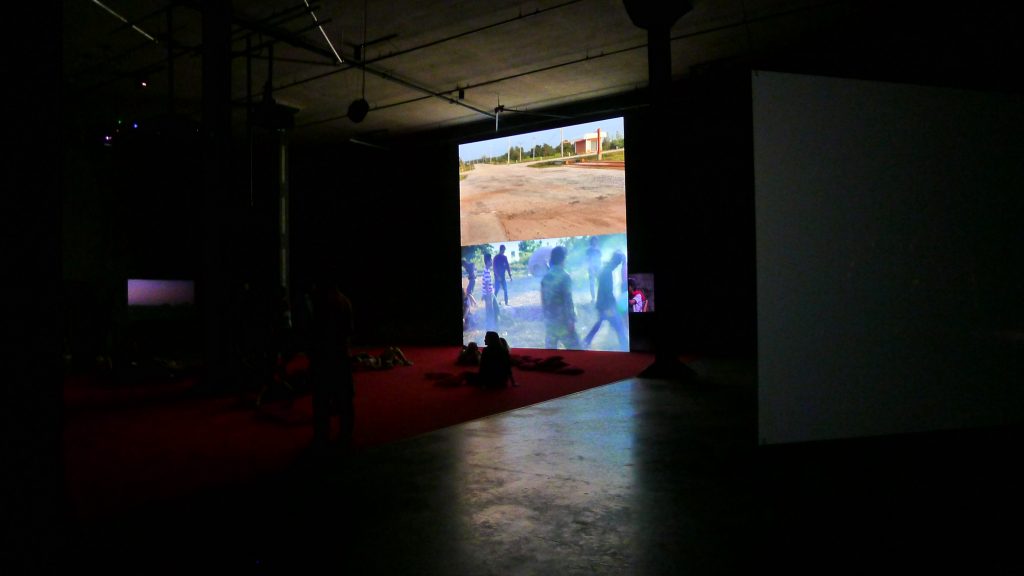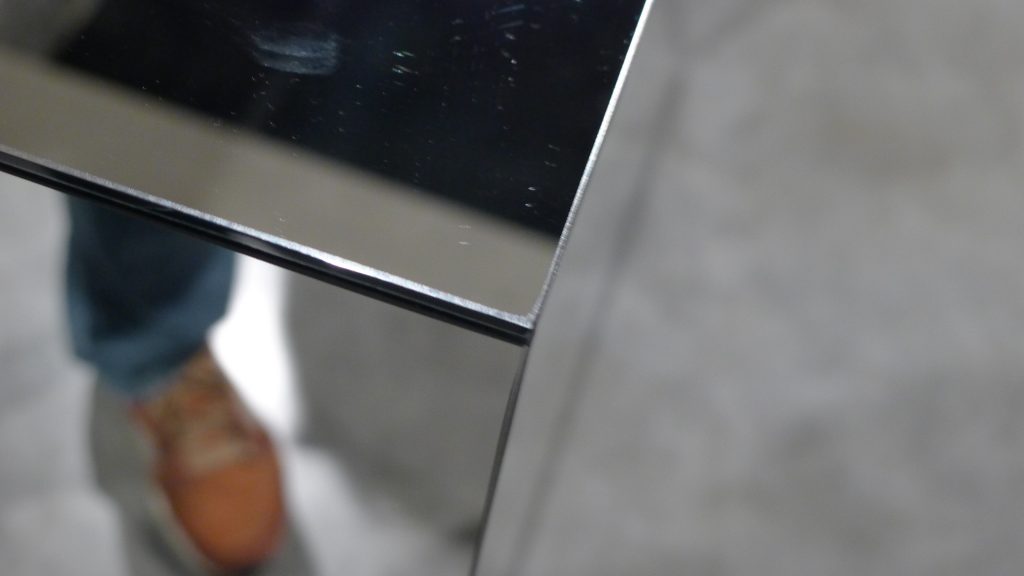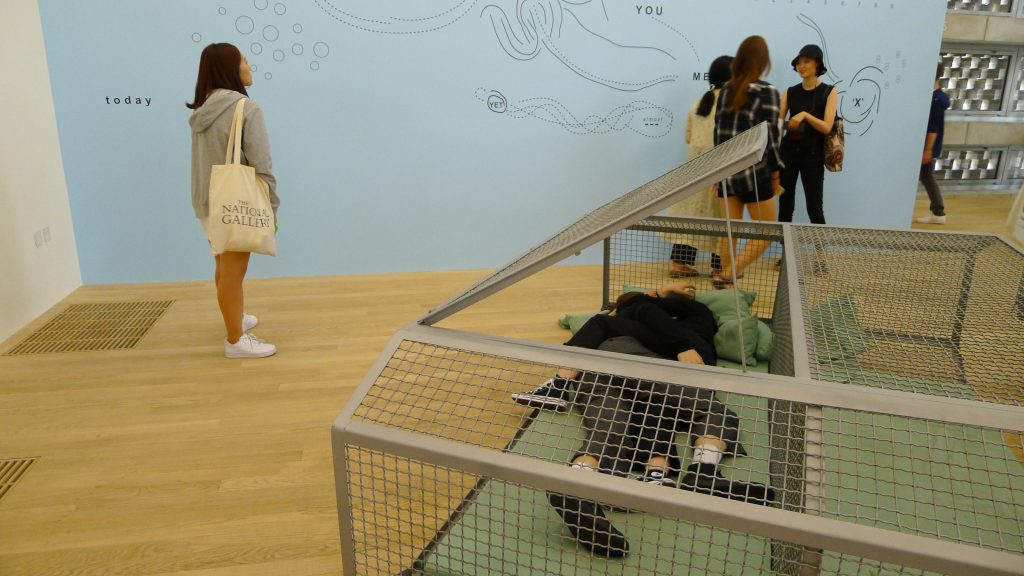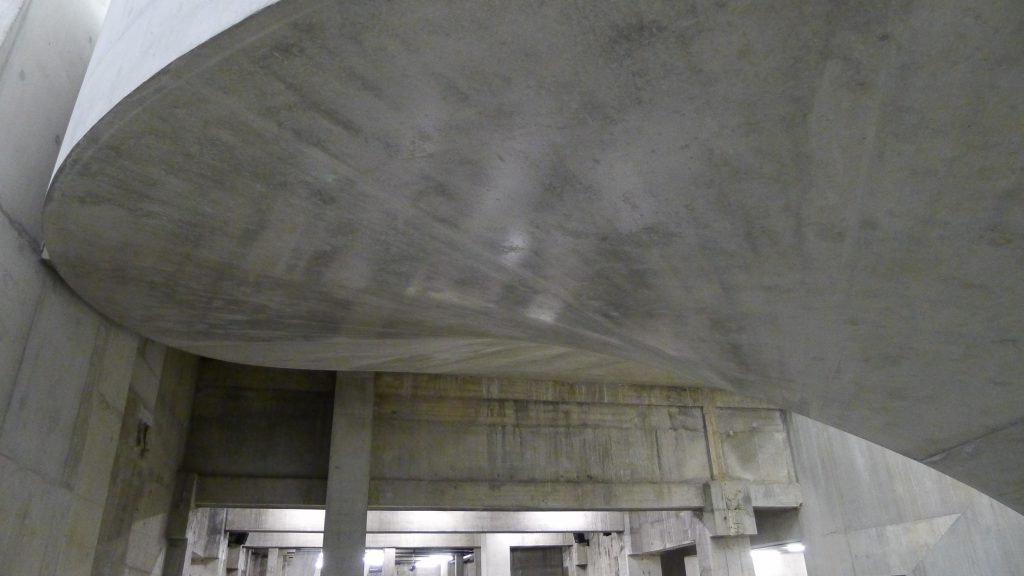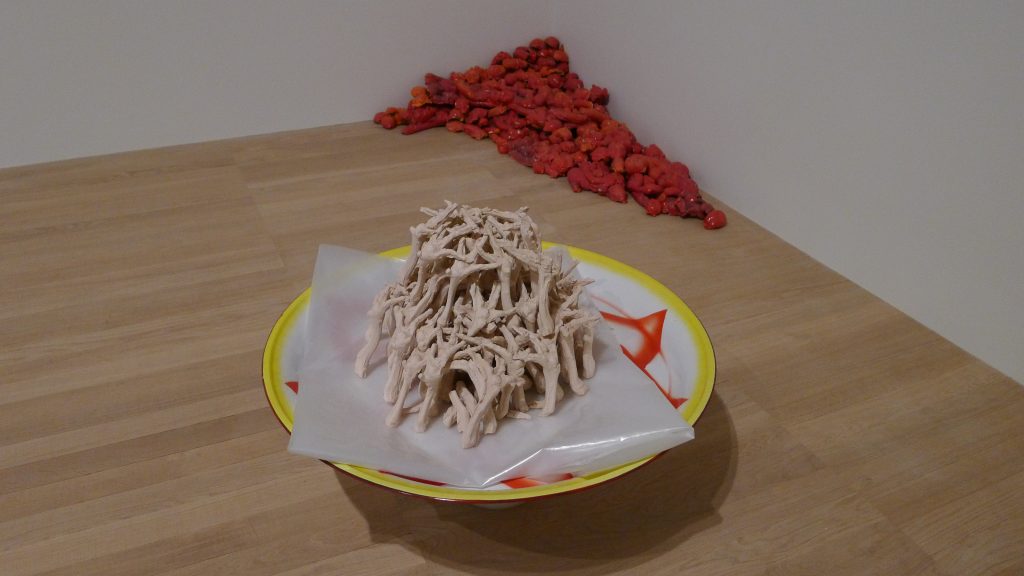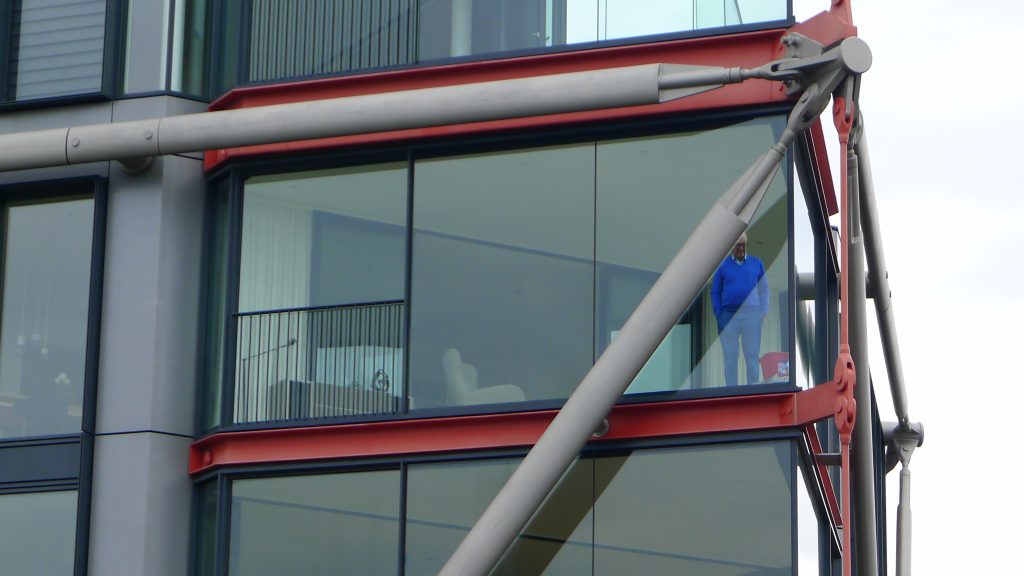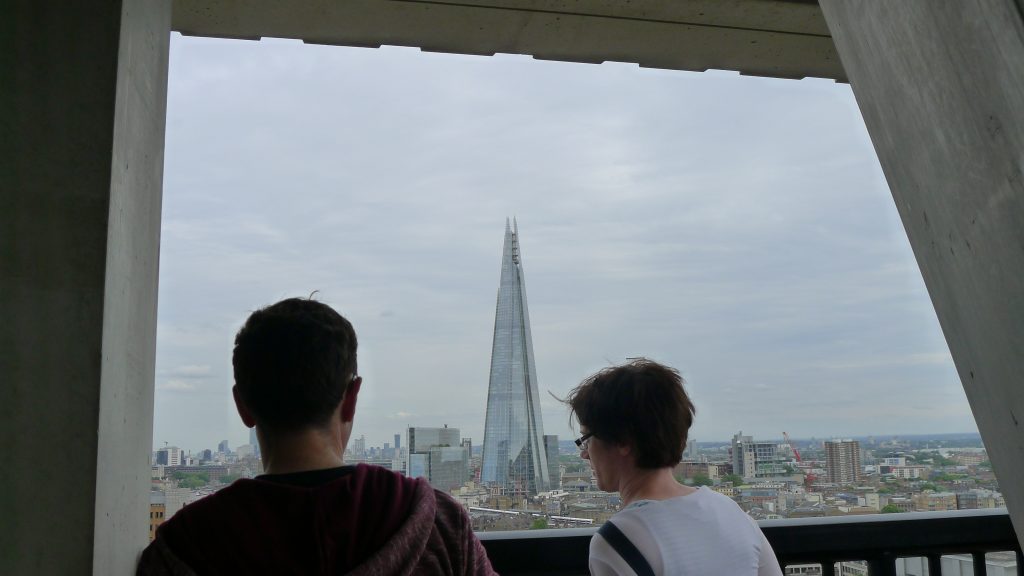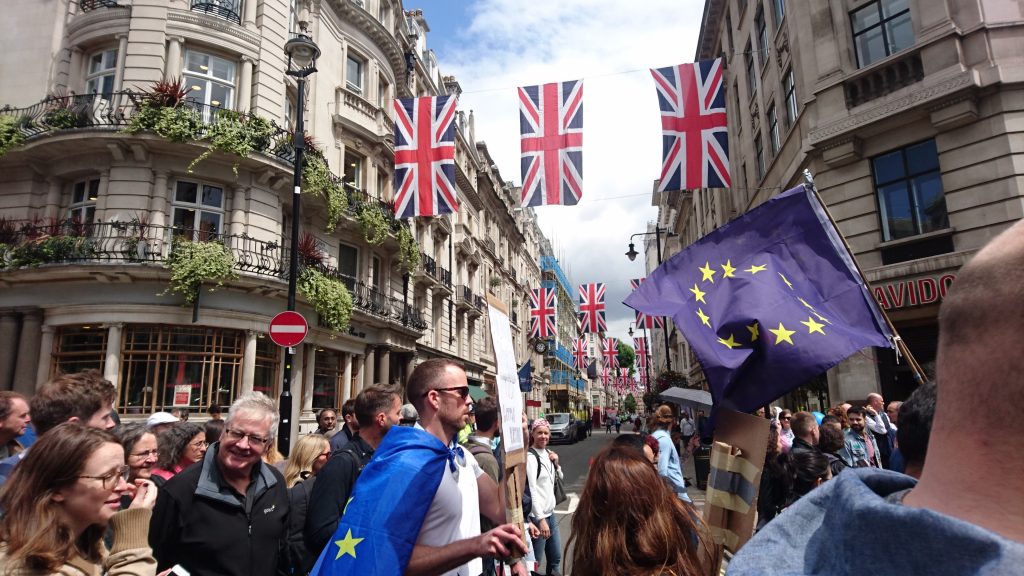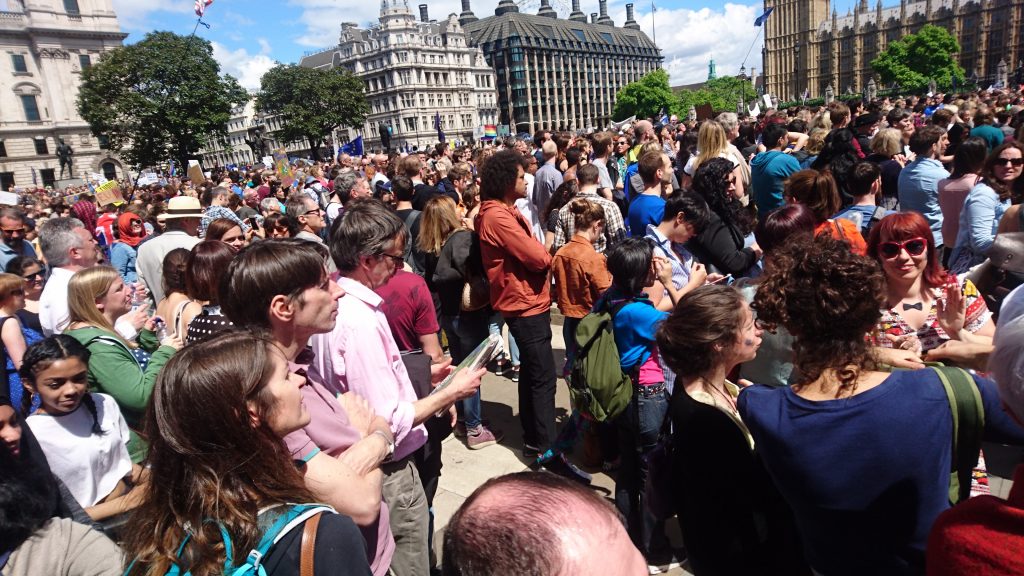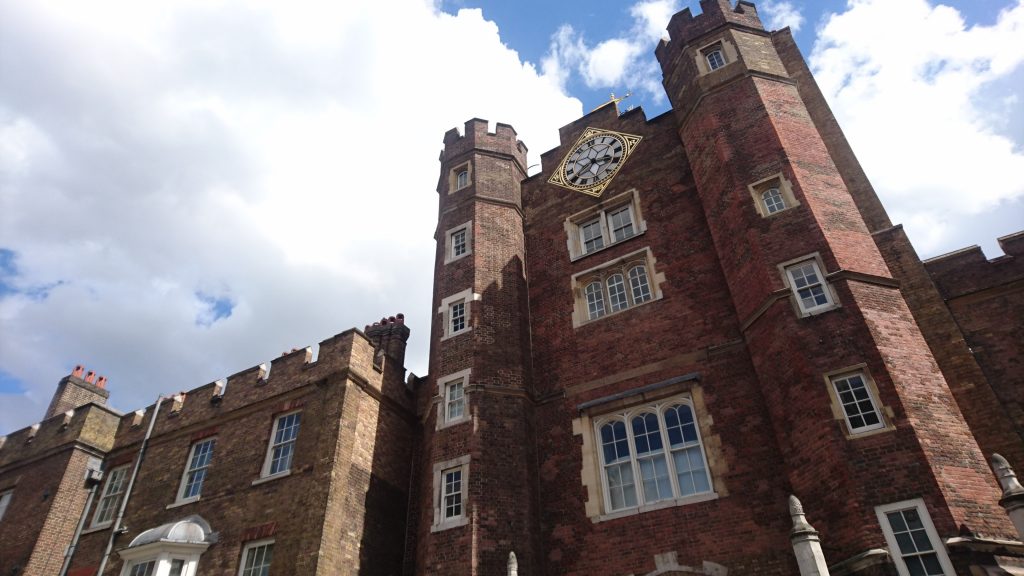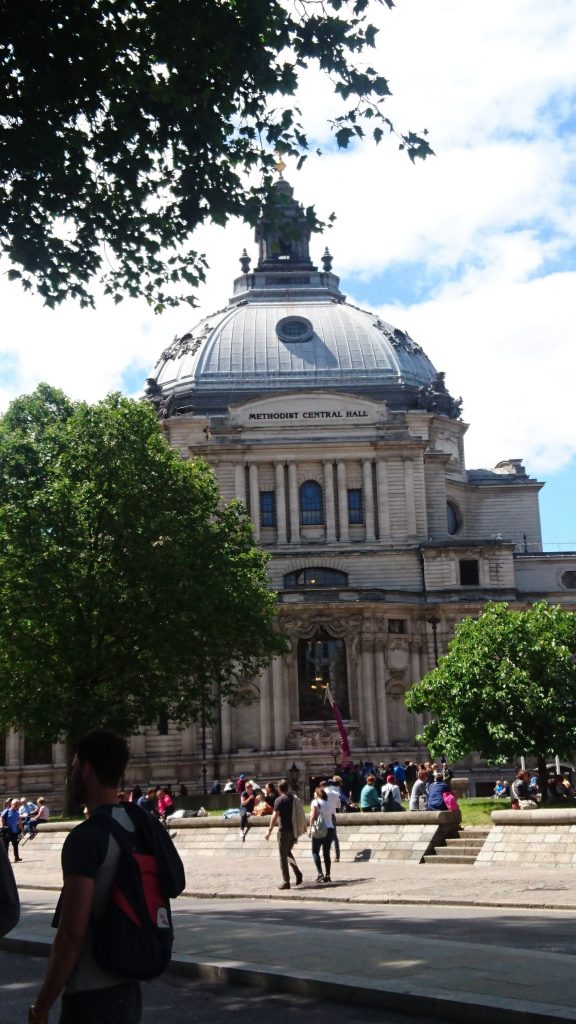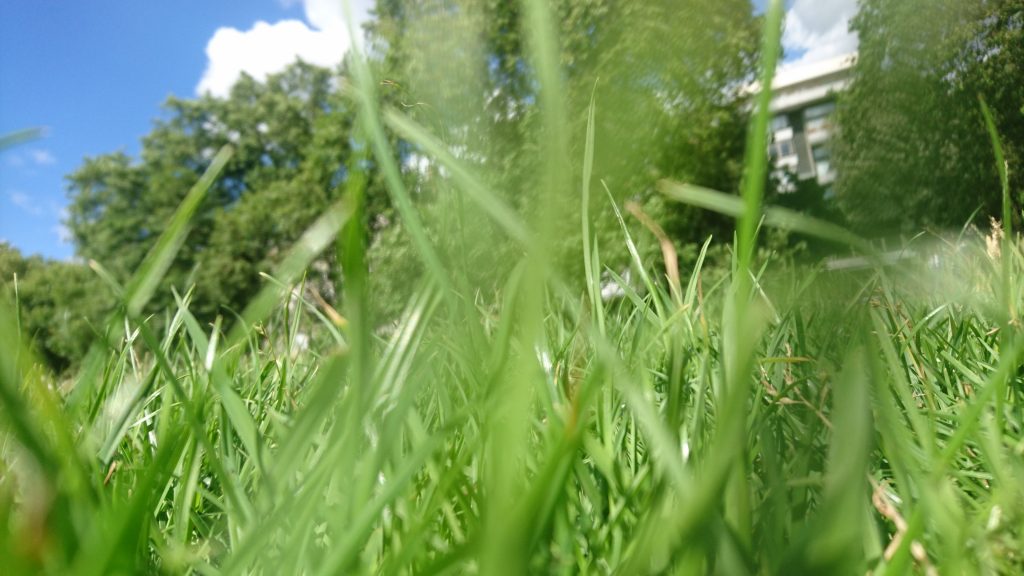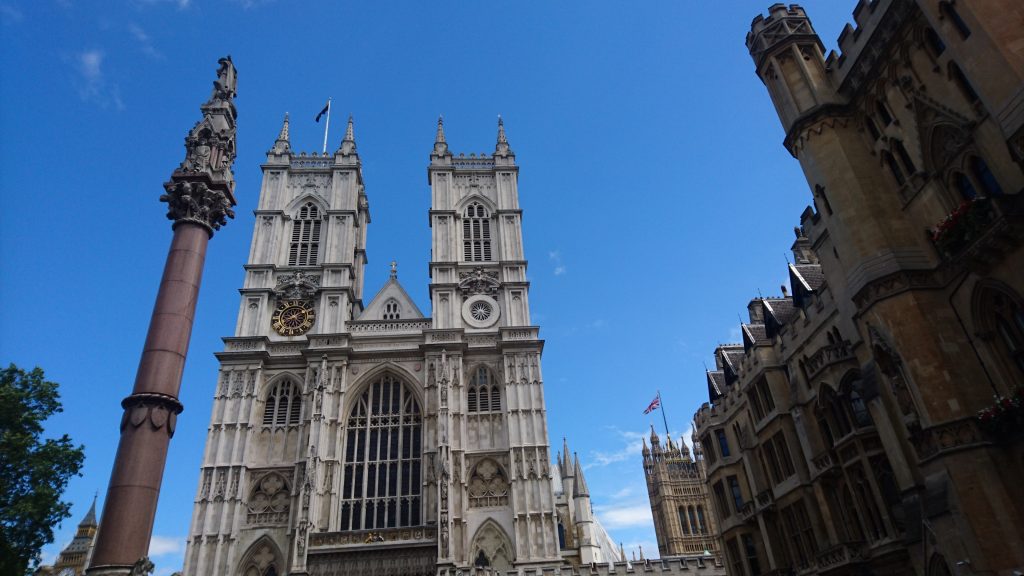Being the adventures of a young man whose principal interests are films, hoarding and camera lenses.
Stanley Kubrick was a hoarder of the kind that gets you onto a TV show along the lines of Trapped under My Receipts is my initial impression when I walked into the Design Museum’s summer blockbuster exhibition of his work. And unlike people that shove the plastic-bag equivalent of a Russian doll under the sink, this is stuff that allows admirers to see how his mind worked and how he made his masterpieces. In 2007, the Kubrick estate gifted his archives to University of the Arts London, and much of the material on show comes from this collection, which has been on a world tour for years.
What this exhibitions shows is a level of detail to his work and an explosion of creativity that is remarkable to behold, from his early days of his career as a photographer up to the very end. The pieces on display tell a story of a man obsessed with research and a perfectionist of the highest order. This exhibition gives as much space as is possible to every film, but it’s such a rich archive and such a strong collection of film history that you’ll find bottlenecks wherever a particularly interesting artefact lies.

Kubrick’s passion for research is shown in the pre-production for Napoleon, a film that has never been made. There is a library of books that Kubrick collected on the man, index cards covering every day of his life as well as costumes and a draft script. Seeing the demanding shooting schedule would be enough to give anyone a migraine, but Kubrick had to go one further and arrange for 10,000 soldiers from the Romanian army to be on hand for the shoot. That’s a cluster headache right there.
There is brilliant pre-production on show for Eyes Wide Shut where Kubrick and his team scouted locations to make his own version of New York in London; photos of Commercial Road are stitched together to create a panorama of London to help Kubrick figure out what he could use. It’s fascinating enough as a snapshot of the capital over twenty years ago. Another item was a map of Manhattan with London street names written over the top. All of this, plus elaborate sets made in Pinewood, are the lengths Kubrick would go to so he could pop home at night after a long day’s shooting and to avoid getting on an aeroplane.

There is correspondence between Kubrick and colleagues which demonstrated his level of control over every aspect of his work. Seeing the designs that Saul Bass created for The Shining was exciting; Bass enthusiastically writing about the latest designs and how one in particular stood out and had the office abuzz. That design was the one we all know – the strange horrified baby inside a giant letter T. Other options were far less memorable and on one of them, a giant hand in the snow with Danny’s tricycle in it, Kubrick wrote “hand and bike are too irrelevant.”
Other gems of correspondence show that Kubrick upset Christians on a regular basis (one was upset with A Clockwork Orange but took no issue with Rosemary’s Baby) and good, honest Americans who were outraged by Dr Strangelove, not to mention Lolita. In some instances, we saw what Kubrick wrote back to them and he was courteous but also slightly bemused as to the concerns of these people. There was something delicious in his reply to an angry letter about Lolita, describing it as a film that had already been shot, as if they’d wasted a stamp on their outrage. A letter from Ireland announcing yet another ban argued that soon, in Dublin, a cinema may be able to screen his work and that it would be worth the wait to have it shown there. The only thing missing was a Father-Ted style “down with this sort of thing” photo with original placards.

Kubrick was interested in pushing technology wherever possible – for Barry Lyndon, he used a lens designed for space exploration to enable him to film using just candle light and had to use candles that burned rapidly but very brightly. They sucked oxygen out of the room, perhaps leaving the actors close to asphyxiation but the end result is a stunning film that merits having an ambulance at the ready. 2001: A Space Odyssey had some incredible tricks up its sleeve that would now be made digitally including front projection of the scenes set in Africa, the stargate scene which used slit scan technology and the gravity on the space station made using what looks like a hamster wheel. The technical complexities of this film is covered in enough detail to keep geeks happy but not so much that your mind explodes.


As I moved into the section of the display about The Shining, there were considerable shivers up my spine when I saw some of the props; Danny’s Apollo 11 jumper especially got to me. It’s so tiny, and such an apt thing for a vulnerable boy to be wearing while his Dad is on the rampage in a hellish hotel. Close by were the sheets of paper that Jack wrote his epic novel on with country-specific versions of “all work and no play makes Jack a dull boy.” It’s “Never put off until tomorrow what can be done today” in German and in Italian it’s “The morning has gold in its mouth.” Yet again, this attention to detail marks Kubrick out as something different and other images even show his desire for the snow on the ground to look just the way he wanted, not too ploughed and not too wild. By the end of the exhibition, I realised that this is the first large-scale exhibition I have seen on a movie director and I hope there are more to come. But for now, this is as good a starting place as any other and it’s an exhibition in love with Kubrick’s film as well as his mind.







